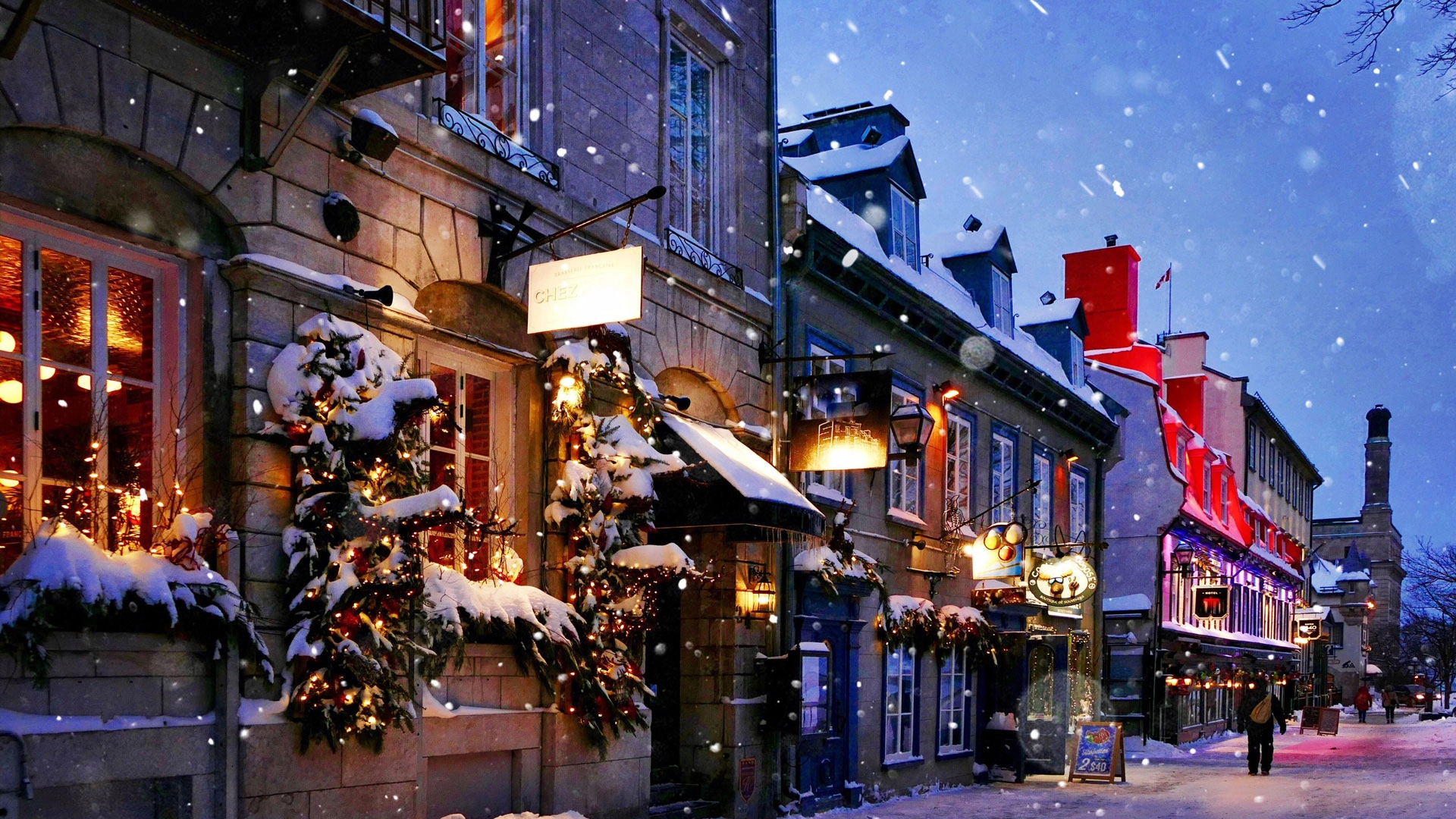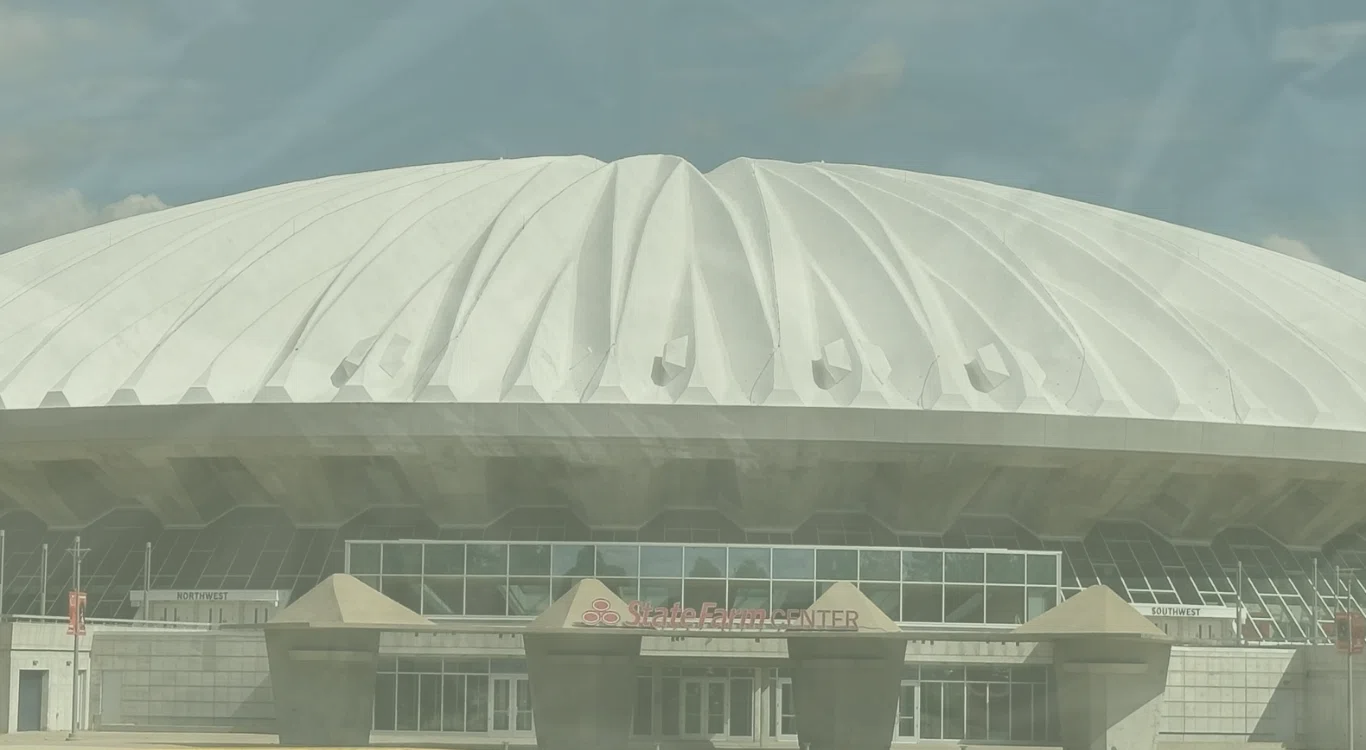Ever notice how so many holiday movies are set in small, quaint downtowns?
Sure, in classic holiday movie style, the same premise has been spun over and over again. Maybe these premises sound familiar:
- The downtown mom-and-pop diner is threatened by the big chain restaurant coming in.
- The downtown bakery is the ‘center stage’ where all the action plays out.
- The big-city business executive begrudgingly comes home for the holidays only to reconnect with old friends and family.
- The Christmas tree farm is threatened by the development of a big-box retailer.
Apart from the shopworn premises, the sometimes-cheesy lines, and questionable acting skills, these movies tend to share a common trait: They are set in a traditional downtown! The action in these movies plays out best when family and friends can walk, run, or bike to each other’s houses.
And the proximity matters too; having the diner, the grocery store, the bookshop, or one’s home be easily accessible helps the movie flow. It just doesn’t seem as quaint for someone to jump in their car, wait at the traffic light, cross a 6-lane intersection, and travel 20 minutes down tree-less streets. Where is the charm in shopping at the big boxes rather than your neighbor’s small business?
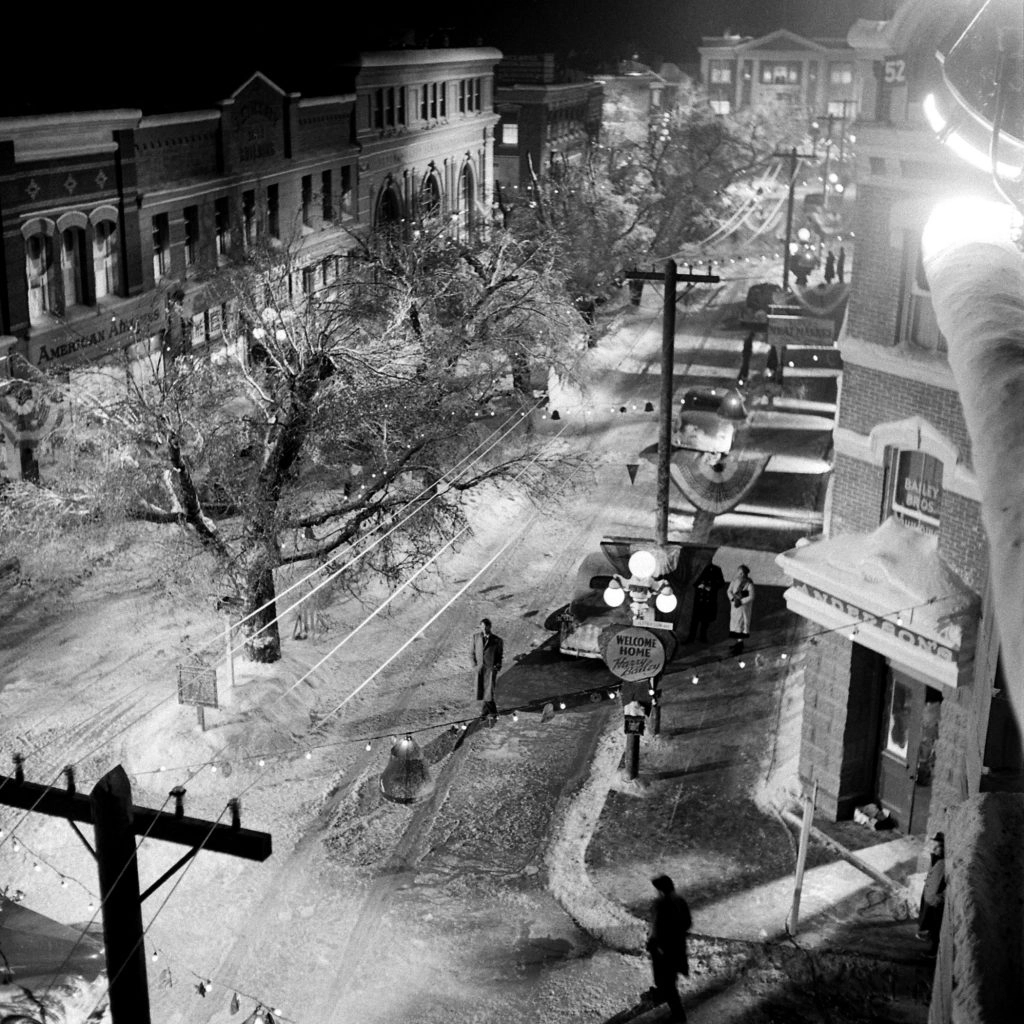
Image: LIFE Magazine
Why have traditional, compact downtowns served as the setting for countless holiday movies? Maybe it’s because there’s something familiar, even comforting, about them. The winding cobblestone streets in A Christmas Carol. Or the snowy historic streets in It’s a Wonderful Life. Even if we’ve never set foot in that location, we can imagine ourselves in that welcoming, cozy hometown environment.
Apart from the ease of storytelling in more compact places, there are elements that are occurring within the public realm and with the storefronts and private property that contribute that cozy feeling:
- Street benches act as an invitation to gather and chat with neighbors and friends.
- Pedestrian-scale lighting contributes to a comfortable, safe walking environment.
- Street trees and planters bring in the natural element. Studies show spending time with nature even in urban settings can significantly reduce stress levels.
- Wide sidewalks give shoppers the space to both walk around and linger, while also giving merchants additional space to market their goods and services.
- An intact streetface – no gaps between buildings – means there’s something new to see every step of the way.
- Slow-moving traffic. Traditional downtowns emphasize place over flow. Each of the above elements as well as pedestrian activity communicate to all modes – especially drivers – that they should move slowly through this space. Additional elements such as one traffic lane in each direction and street parking can lead to reduced and safer speeds, making it more comfortable to walk or bike around.
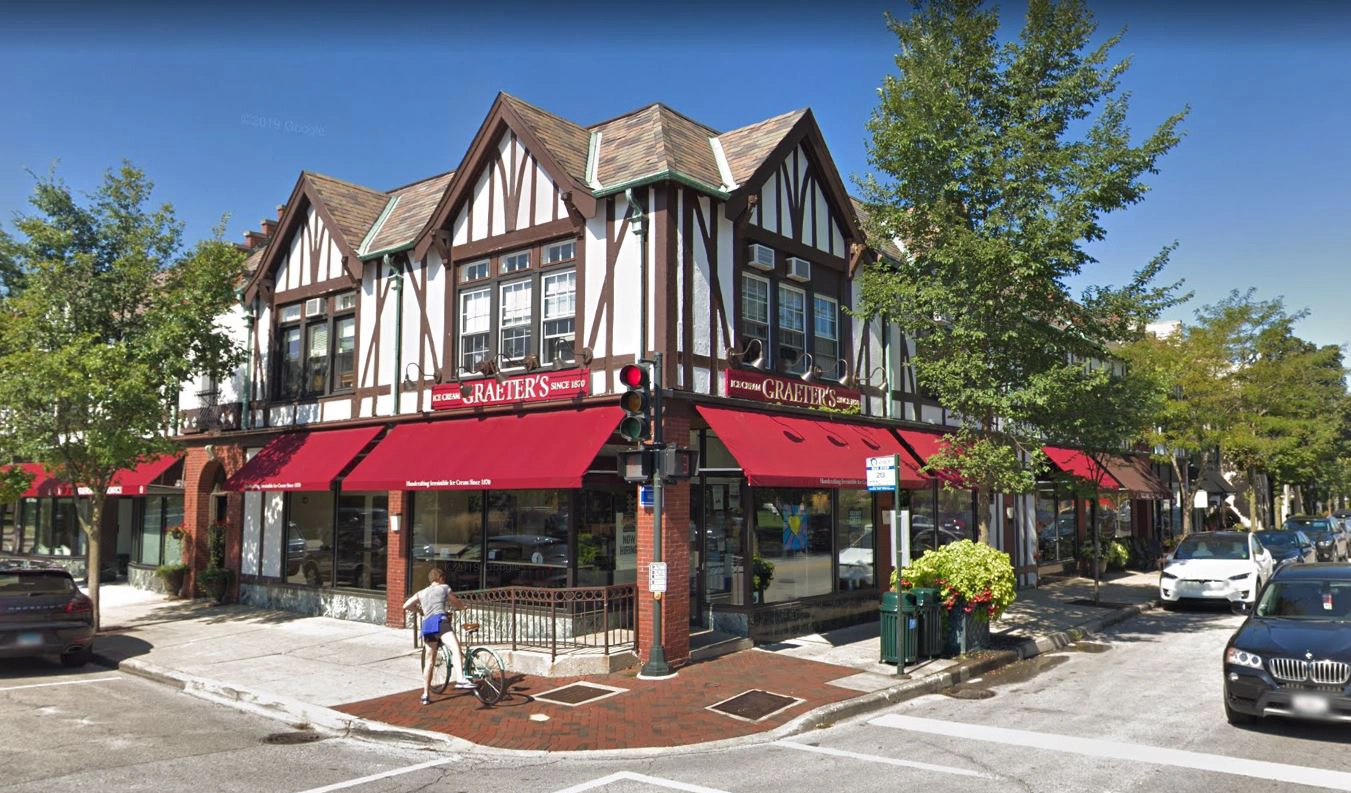
Image: Google
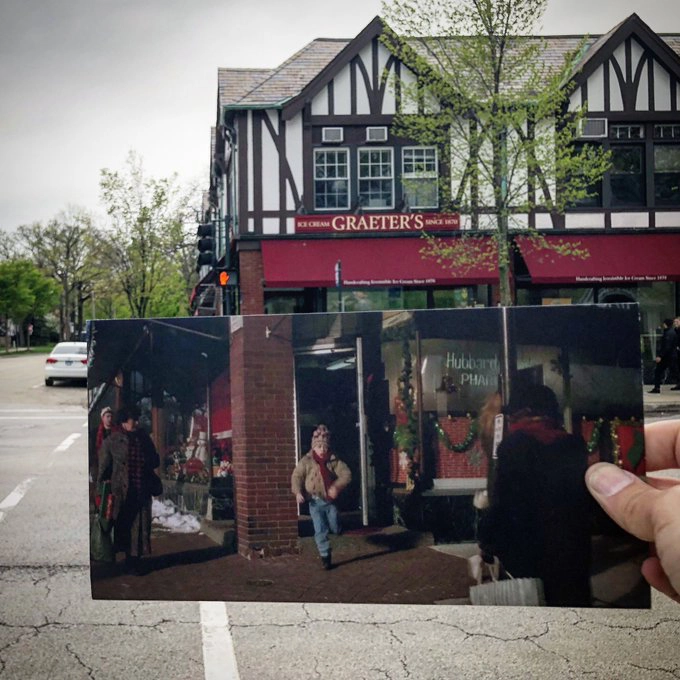
Image: Toys That Made Us
These elements are all attainable even outside the holidays and its trapping of the added twinkly lights, wreaths, ornamented trees, or seasonal displays in storefronts. Those pieces just add that extra-special holiday magic. But regardless of the holidays, our downtowns can and should act as vibrant places for residents to gather and priority areas for building community.
Credit for Cover Image: Oprah Magazine

Ashley Sarver
“Community building happens incrementally and at the individual level. Even small spaces have big impacts.”
Partner, Senior Urban Planner
asarver@studiogwa.com
